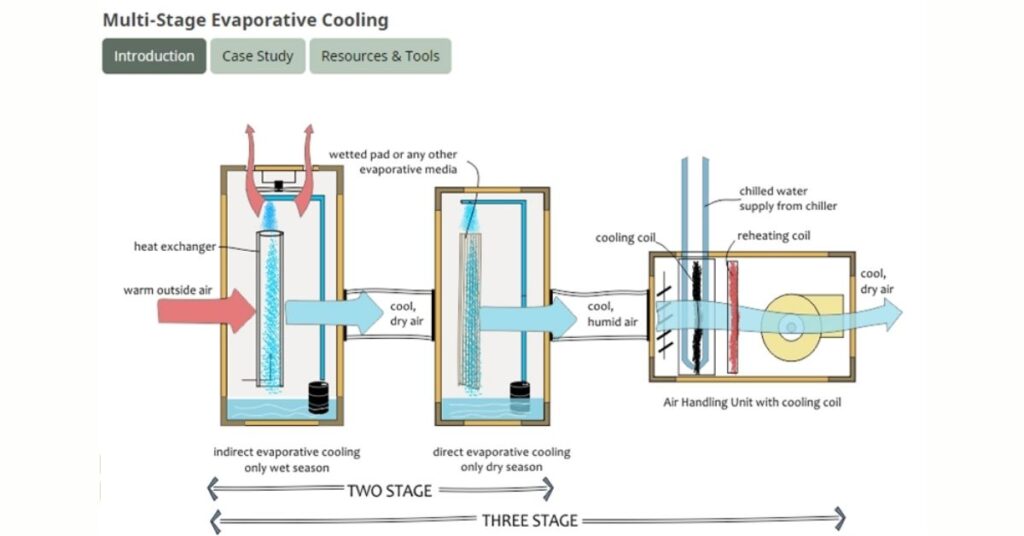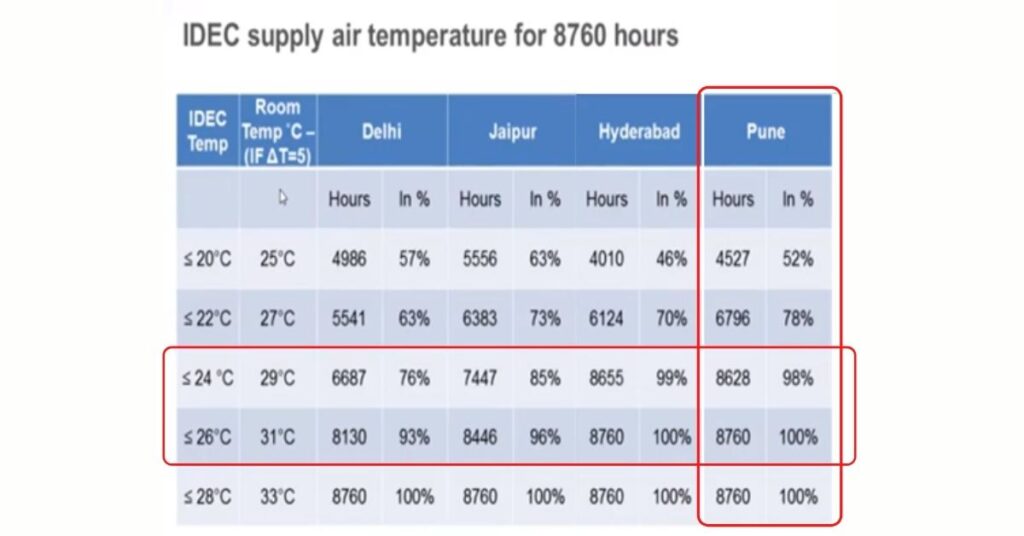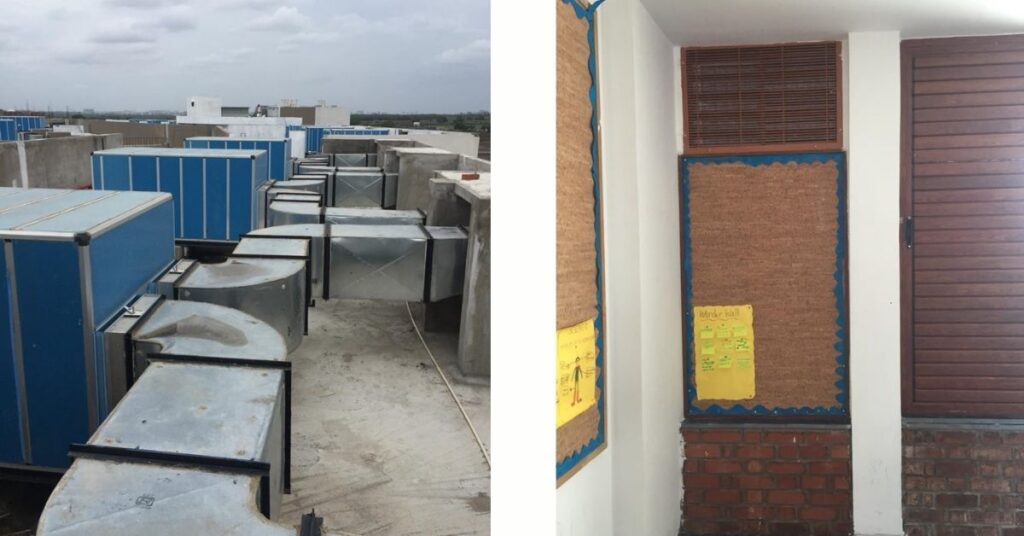Evaporative cooling technology as a feasible and affordable solution for comfort cooling
Shamkant Mirashi | Head, Arka Clean Technologies
HVAC or air conditioning systems, being power guzzlers are considered a roadblock in meeting Net Zero Energy goals. Although the vapor-compression based air conditioning technology is known for more than 100 years, it has become an area of concern for NZEB designers. The apprehension with these systems is not only limited to its higher power consumption but also to the ozone depleting substances (ODS) used in them.
Conventional HVAC systems work on ‘air re-circulation’ mode where cool air within a space or group of spaces is recirculated continuously with very little or sometimes no fresh air supply from outside. This causes build-up of pollutants resulting in poor indoor air quality. During the recent pandemic, HVAC technology garnered lot of attention for the spread of virus in commercial buildings, particularly due to re-circulation of indoor air. It was even more of a concern in healthcare buildings. When this was questioned by people around the world, experts responded with a recommendation of higher ventilation rates and increased fresh air intake to minimize spread of infection. This meant additional load on the HVAC systems resulting in increased power consumption. With this background, it is now necessary for building owners as well as operators to evaluate alternate cooling technologies.
Evaporative (Evap) cooling approach has been used since ancient times for comfort cooling applications. It can still be experienced in many historical monuments and vernacular buildings. Over time, this technology has evolved to be a promising alternative for comfort cooling in modern buildings. The modern day Evap cooling systems are combined with novel technologies like Indirect Evaporative cooling (IDEC), Temperature & RH (relative humidity) based controls, energy efficient fans and others. It could also be a part of a hybrid HVAC system along with conventional cooling technology to cater to various comfort cooling as well as ventilation applications, especially in industrial cooling applications.

The latest state of art Two Stage Evap cooling is emerging as the alternative for comfort cooling across industrial buildings and sections of commercial buildings, globally. We recently evaluated its performance in various cities of India, and the results are encouraging. For hot & dry climatic conditions such as Hyderabad, the Two Stage Evap Cooling systems can be a replacement for comfort cooling applications, especially if we comply with the Temp & RH conditions recommended by ISHRAE guideline document. The table below is a round the year hourly performance analysis for an Indirect Evaporative Cooling (IDEC) system across various cities of India. In Pune, to design for comfort cooling with room conditions as per the ASHRAE adaptive comfort guidelines (temp up to 30 C), it is observed that for 98 -100% time of the year such conditions can be maintained through IDEC systems alone without the need for conventional HVAC systems.

Here is an example to illustrate this point – a space of 10,000 sft would require 25 tons of cooling system to maintain comfort conditions as per ASHRAE guidelines, which would consume approximately 38 kWh of energy. Same comfort conditions can also be achieved by a 30,000 CFM IDEC system, which would consume approximately 15 kWh of energy. This gives 60% energy reduction. Further, IDEC operates on 100% fresh air, and maintains better RH inside the space and provides a better Indoor Air Quality (IAQ).
From the perspective of green building or NZEB applications, these technologies offer Energy Efficiency Ratio (EER) of 30 to 40, saving 80% energy when compared to a conventional HVAC technology while bringing significantly more fresh air. Further, Evap cooling technologies do not use Ozone depleting substances. So, if the design team can evaluate the building design, identify non-critical/ strictly comfort cooling applications and insist on having such technologies in their project right from the design stage, this can dramatically reduce energy use of the building, thereby making NZEB an easier goal to achieve.

Another example is that of a leading multinational Quick Service Restaurant (QSR) company who had several air-conditioned restaurants with about 40TR of conventional cooling system in a typical urban unit including the kitchen and dining spaces. In the recent past, they redesigned the kitchen with Evap cooling ventilation system that provided 100% fresh pre-cooled air. It provided comfort while also removing odors from the space. The dining area was divided into two, where the open seating is served with Evap cooling and a small closed dining area is served by split ACs that is operated on the basis of occupancy. This redesign reduced the HVAC load to approximately 10TR with benefits of comfort and better indoor air quality; all at a significantly low energy cost.
With advancements in Two Stage Evap cooling technologies and modern controls like temperature integrated VFDs, RH sensor-based water operations and so on, these systems are finding inroads in building sectors as standalone cooling solution or in combination with HVAC with suitable controls. Integrating such technologies will be imperative for achieving NZEBs.
